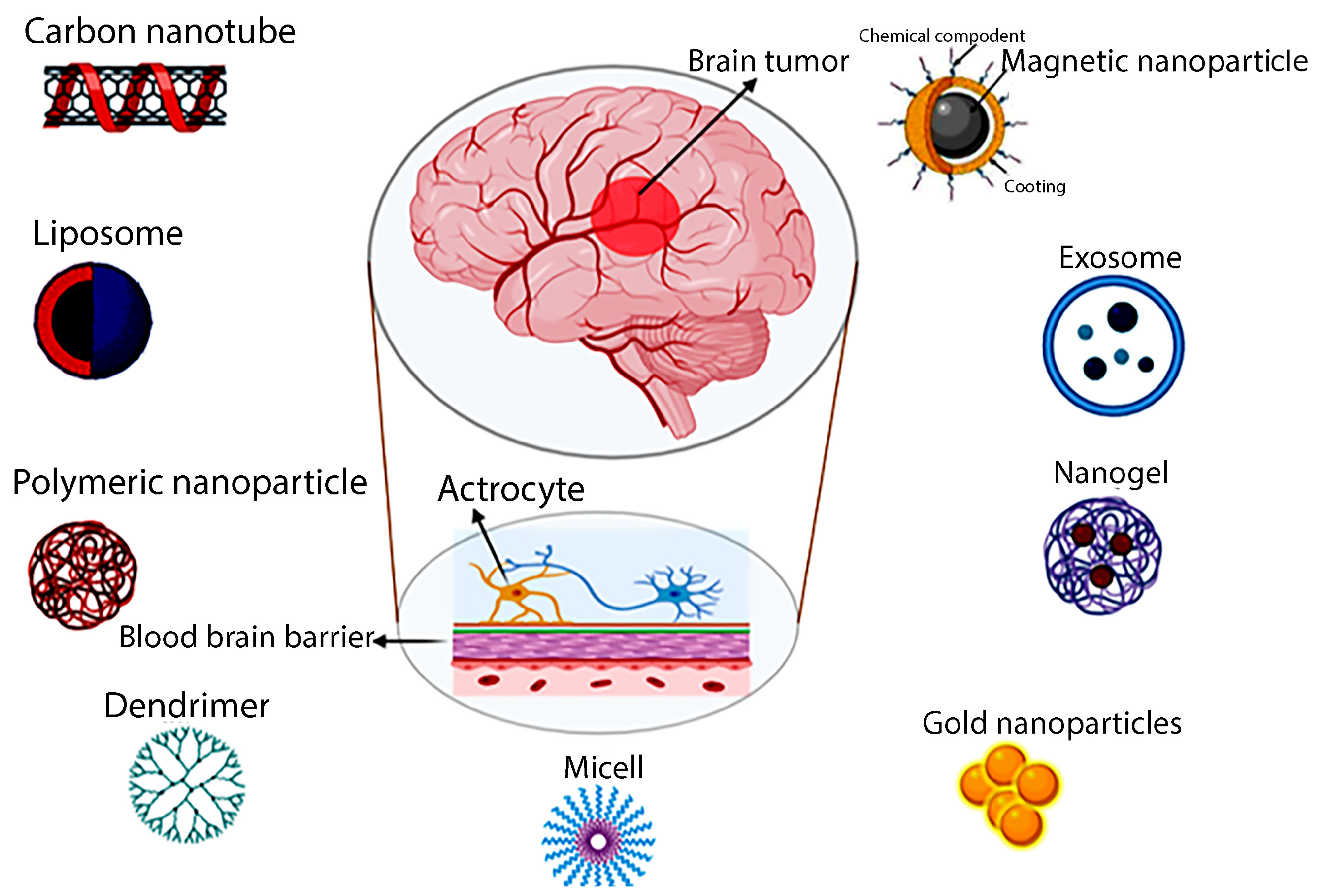Nanoparticle-Assisted Tumor Tracking (NATT)

Nanoparticle-Assisted Tumor Tracking (NATT): Overview, Mechanisms, and Applications
Nanoparticle-Assisted Tumor Tracking (NATT) is an advanced approach in cancer research and treatment that uses nanoparticles to detect, monitor, and target tumors. This technology leverages the unique physicochemical properties of nanoparticles to improve tumor imaging, drug delivery, and therapeutic efficacy. Below is a detailed overview of NATT based on recent findings.
Mechanisms of Nanoparticle-Assisted Tumor Tracking
Passive Targeting:
- Nanoparticles exploit the enhanced permeability and retention (EPR) effect in tumors, which allows them to accumulate in the tumor microenvironment due to leaky vasculature and poor lymphatic drainage[1][2].
Active Targeting:
- Nanoparticles can be functionalized with ligands or antibodies that bind specifically to tumor-associated markers, enhancing precision in tracking and targeting[3][4].
Imaging and Tracking:
- Fluorescent or radiolabeled nanoparticles enable real-time imaging of tumor growth and metastasis using techniques like MRI, CT scans, or optical imaging systems[1][5][7].
Key Findings from Research on NATT
Tumor Volume Dependency:
- Studies show that nanoparticle accumulation increases with tumor volume, but smaller nanoparticles (15–45 nm) penetrate deeper into tumors compared to larger ones (60–100 nm). Smaller particles are more effective for diagnostics, while larger particles are suited for drug delivery due to higher loading capacities[1].
Kinetics of Nanoparticle Delivery:
- The rate of nanoparticle uptake varies with size and tumor maturity. For example, 30- and 45-nm particles showed faster accumulation rates in tumors exceeding 0.5 cm³ compared to larger formulations[1].
Personalized Nanomedicine:
- Tailoring nanoparticle designs based on tumor characteristics (e.g., size, microenvironment) improves targeting efficacy by over 50%. Decision matrices have been proposed to guide nanoparticle selection for specific tumor types and stages[1][4].
Applications of NATT
Cancer Detection and Diagnosis:
- Nanoparticles enhance imaging contrast for early detection of nascent tumors and metastatic sites using techniques like fluorescence tracking or magnetic resonance imaging[1][7].
Drug Delivery:
- Nanoparticles serve as carriers for chemotherapeutic agents, enabling targeted delivery to tumors while minimizing systemic toxicity and overcoming drug resistance[2][3].
Monitoring Tumor Progression:
- Automated tracking systems using nanoparticle-labeled cells improve predictive models for metastasis, particularly in brain cancers[6].
Therapeutic Vehicles:
- Functionalized nanoparticles can deliver therapeutic agents directly into the tumor microenvironment or disrupt cancer cell signaling pathways[3][4].
Challenges in NATT Implementation
Tumor Heterogeneity:
- Differences in tumor physiology across patients may affect nanoparticle distribution and efficacy, requiring further research into personalized approaches[1][3].
Biocompatibility Issues:
- Long-term safety concerns regarding nanoparticle accumulation in non-target tissues remain a challenge[4].
Scalability for Clinical Use:
- Translating preclinical findings into standardized clinical applications requires harmonization of nanoparticle production protocols[3][4].
Conclusion
Nanoparticle-Assisted Tumor Tracking represents a transformative approach in cancer detection, diagnosis, and therapy by leveraging nanotechnology’s precision and adaptability. Continued research into optimizing nanoparticle designs based on tumor characteristics will further enhance its clinical utility.
References
- Title: Smart Nanoparticle-Based Platforms for Regulating Tumor Microenvironment and Cancer Immunotherapy
DOI: 10.1002/adhm.202202063
Summary: Explores the use of smart nanoparticles to modulate the tumor microenvironment and enhance cancer immunotherapy, emphasizing their multifunctionality and precision in targeting. - Title: Nanotechnology-Assisted Cell Tracking in Cancer Therapy
DOI: 10.3390/nano12091414
Summary: Reviews advancements in nanotechnology for cell tracking, focusing on its applications in monitoring tumor progression and therapeutic outcomes. - Title: Application of Nanomaterials in Early Diagnosis of Cancer
DOI: 10.1515/ntrev-2023-0116
Summary: Discusses the role of nanomaterials in improving early cancer diagnosis through enhanced imaging and biomarker detection.















